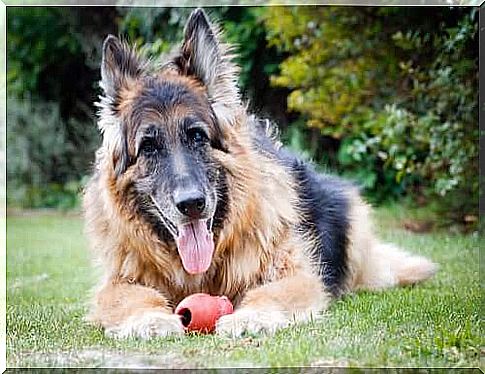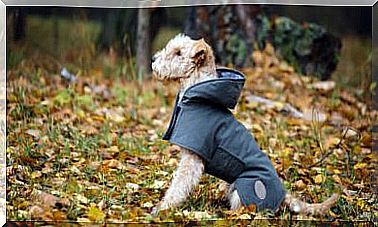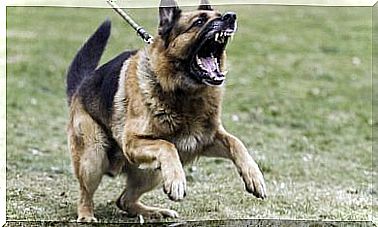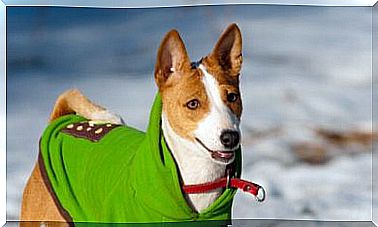How Dogs Age: Everything You Need To Know And Tips!

When calculating the dog’s age, it was always assumed that one human year corresponds to seven dog years. However, this rule varies depending on the breed and size. When dogs age there is also a number of typical physical and behavioral changes.
The life expectancy of the average dog is around 12 years. However, this number depends on physical, genetic, environmental, and dietary factors, among other things.
Most dog owners think that their beloved pets will become seniors at seven to nine years of age, but veterinarians will monitor dogs ages as early as five to seven years.
To determine this age, experts take into account a number of changes in appearance and behavior.
Traits that show us that dogs age
- Change in coat color. Just like in humans, the appearance of gray hair is one of the most noticeable indicators of aging. Usually this grayish fur is concentrated on the snout and around the eyes.
- The eyes change. Vision loss, cataracts, poor eyesight, brown spots, and other morphological changes occur.
- Fluctuations in weight. Although decreased activity may contribute to weight gain, weight loss usually occurs. The reason for this is the animal’s decreased appetite, which leads to less food consumption.

- A change in urination. Inability to hold back urine should not be punished as it is another symptom of the dog’s aging. At the same time , eating less food can lead to chronic constipation.
- Apathy. The physical pain or lack of energy can lead to the isolation of the animal. For example, dogs who do not want to be disturbed by other family members tend to hide or sleep longer than normal.
- Aggressive behavior. Sullen behavior is often accompanied by aggressive reactions if the animal is suffering from its discomfort. In addition, the fear factor increases with age, causing exaggerated reactions to protect yourself.
- Disorientation and repetitive behavior. Forgetfulness and other mental changes can make the animal clumsy, have nervous tics or other abnormalities.
Palliative tips for dog owners
While the passage of time is an unquestionable reality, owners can add to the pet’s well-being in its final years.

In addition to having a full veterinary examination at least once a year, it is important to properly consider diet and physical activity.
The aging and discomfort of dogs is directly related to the quality and quantity of care they receive.
Older dogs typically require less energy and fat as their metabolic activity tends to decrease. For this reason , many feed manufacturers are developing special compositions that also contain an increased amount of fiber to prevent constipation. As with any food, the changeover to the new senior nutrition must always be gradual.
It should also be checked that feeding and defecation are normal.
Although older dogs tend to be withdrawn, owners should do everything possible to motivate them. Exercise is necessary to avoid bone and muscle problems while contributing to their satisfaction and mental wellbeing.







